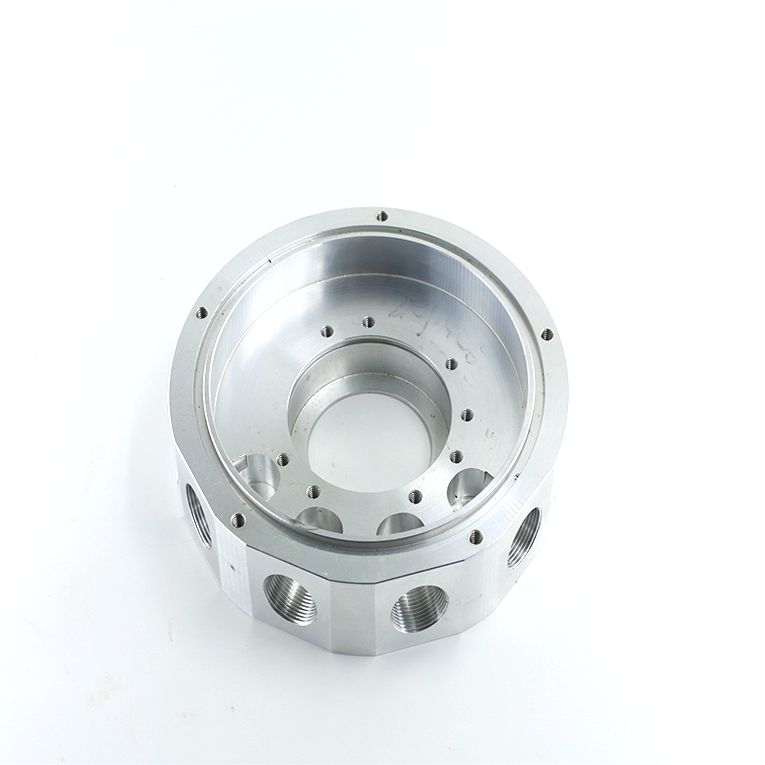
1, ATO(Assemble to order)
Order assembly (ATO) production is mainly a relatively advanced production organization mode to shorten the lead time and reduce the inventory of finished products. Parts are pre-manufactured and stored in intermediate warehouses. After receiving orders, the relevant parts are assembled into the products required by customers. This production is premised on modular design.
2, ETO(Engineering to order)
Ordering design production (ETO) is an extreme form of ordering production, where product design and production technology preparation are carried out in full accordance with customer orders. Usually product design time accounts for a considerable proportion of the overall order lead time. Non-standard parts production belongs to order design production.
3, MTS(Make to Stock)
Stock production (MTS) refers to that when an enterprise does not receive a customer order, it makes predictions according to the previous production and market conditions, and produces according to the existing standard products or standard product series. The production is organized according to the replenishment of inventory, and the inventory of finished products is used to meet the uncertain needs of users. This model is commonly used in the consumer electronics industry.
4, MTO (Make To Order)
In order - to - order manufacturing, the design of the product has been completed, but the materials used for production have not been ordered. In this environment, the volume of sales is usually small, and the customer must wait for the time required to restock and produce. All lead time includes material purchase time and production time.
5, CAD(CAD-Computer Aided Design)
The computer and its graphics equipment are used to help designers carry out the design work. CAD for short. In engineering and product design, computers can help designers with calculations, information storage and drawing. CAD can reduce the labor of designers, shorten the design cycle and improve the quality of design.
6, CAM(computer aided manufacturing)
Computer-aided manufacturing (CAD) refers to the manufacturing process of discrete products, such as processing, assembly, testing and packaging, which is automatically completed by using electronic digital computers to control machine tools and equipment numerically.
7,CAPP(computer aided process planning)
The role of CAPP is to use the computer to develop the parts processing process, the rough processing into the parts required on the engineering drawings. It is through the input of geometric information (shape, size, etc.) and process information (material, heat treatment, batch, etc.) to the computer to be processed parts, the computer automatically output the process route and process content of the process file.
8,PDM(Product Data Management)
PDM is a technology used to manage all product-related information (including part information, configuration, documents, CAD files, structure, permission information, etc.) and all product-related processes (including process definition and management).
9,PLM(Product Lifecycle Management)
PLM is a series of application solutions that support the creation, management, distribution and application of information throughout the product life cycle within enterprises in a single location, within enterprises scattered in multiple locations, and between enterprises with collaborative relationship in product research and development. It can integrate product-related human resources, processes, application systems and information. PLM contains all the content of PDM, and PDM function is a subset of PLM. However, PLM also emphasizes the concept of managing and utilizing all information across the supply chain during the product life cycle, which is essentially different from PDM.
10.DCS(Distributed Control System)
DCS is the main role of the production process control monitoring management and decision-making, produced a better benefit. For the needs of production, DCS is required to have high reliability and stability, so as to ensure the safe and economic operation of the factory, in order to achieve this DCS system has adopted many technical measures to improve reliability.

Copyright © 2025 Dongguan Yifeng Metal Co., Ltd. | All Rights Reserved